Traditional cosmetic products are making headlines for the dangers they pose to the health of women, men, and children. Back in 2014, we wrote about ingredients to avoid (petroleum derivatives, preservatives, fragrances).
In our book La Beauté , several articles describe the components that are real endocrine disruptors (therefore affecting fertility) in everything we put on our bodies, from soaps to shampoos, creams, makeup, perfumes and those we live with, i.e. all common household products.
I am very proud to be able to offer you everything you need, having met your demand over the last 10 years, i.e. the necessary set for your skin as well as that of your men, your babies, children & teenagers, as well as for your makeup, perfume, household cleaning, not only without toxic ingredients BUT also for everything concerning the skin, 100% active: nothing is useless and at a level of quality highly comparable to high cosmetics & perfumery.
The media joke is surprising, as we are undoubtedly one of the most important players in natural skincare and makeup; we have a range of individual essential oils, essential oil synergies, room fragrances and skin fragrances, as well as a collection of 7 exceptional perfumes. We are surely the only Quebec company - and even Canadian - to offer you a natural, active, vegan, cruelty-free range.
Here is a comment we received from Nancy Côté, biochemist (see study references 1,2,3,4,5 that she shared with us on cosmetics and their effects on health and pollutants and their impacts on reproductive health):
"Personally, I no longer have any chemical or synthetic products at home and I am so happy that you are talking about the impact of these products on the endocrine system and on fertility, which is unfortunately significantly declining. As a biochemist and having worked in the field of reproductive biology research, my former laboratory and the scientific society have been studying for years the impact of products in our environment on fertility, neurological development, and organ development and function. The impacts are significant, can be transgenerational, and must be discussed! I therefore congratulate you for addressing the subject at this meeting! Bravo!!!"
Traditional cosmetics contain a wide range of chemical and synthetic ingredients. In addition to allergic reactions, their use has effects on hormonal health and the nervous system. Synthetic molecules have an affinity for the body's fatty substances, including hormone receptors. It's a vicious cycle: the more we are intoxicated, the more fatty substances we will produce to house the toxins. We are witnessing phenomena of hyper-exposure and bioaccumulation, hence the importance of not minimizing the impact of traditional cosmetic products on the overall health of individuals. These phenomena also influence and affect children by weakening their immunity.
Some supplements that can help infertility according to Science, among them:
· A review indicates that zinc is necessary for fertilization. It explains that zinc is essential for the movement of sperm to the egg and for fertilization. Men suffering from zinc deficiency have lower sperm quality, which reduces their chances of procreation. 6 Read also an article by Danièle Starenkyj© 2015, Becoming a Parent, the importance of zinc.
· The importance of folate, zinc, and antioxidants in the pathogenesis and prevention of subfertility. Concentrations of these nutrients are reported to have substantial effects on reproduction. Studies have shown that folate plays a role in spermatogenesis. In female reproduction, folate is also important for oocyte quality and maturation, implantation, placentation, fetal growth, and organ development. Zinc has also been implicated in testicular development, sperm maturation, and testosterone synthesis. In women, zinc plays a role in sexual development, ovulation, and the menstrual cycle. Both folate and zinc have antioxidant properties that neutralize reactive oxygen species. In conclusion, both nutritional and biochemical factors affect the biological processes of male and female reproduction. 7
· A systematic review including nearly 29 studies was conducted on antioxidant supplementation to assess its benefits in infertile men, as antioxidant supplementation is commonly used to treat male infertility due to the availability and affordability of antioxidants in many parts of the world. Some results were reported, among others, on assisted reproductive therapy, WHO semen parameters, and live birth rate. Carnitines, vitamins E and C, N-acetylcysteine, coenzyme Q10, selenium, zinc, folic acid, and lycopene were beneficial ingredients. However, some studies did not show substantial changes in one or more factors. However, it was concluded that antioxidant supplementation appears to have a positive effect on male fertility. Environmental factors may play an increasing role in fertility. Further studies will be needed to determine the optimal AS combination and the influence of environmental factors. 8
· There is evidence that vitamin D also modulates reproductive processes in women and men. A review aimed to review studies that have evaluated the relationship between vitamin D and fertility in women and men, as well as in animals. The vitamin D receptor and vitamin D-metabolizing enzymes are found in the reproductive tissues of both women and men. It is explained that in women with polycystic ovary syndrome, low levels of 25-hydroxyvitamin D (25(OH)D) are associated with obesity, metabolic, and endocrine disorders, and vitamin D supplementation may improve menstrual frequency and metabolic disorders in these women. In addition, vitamin D may influence the steroidogenesis of sex hormones (estradiol and progesterone) in healthy women, and high levels of 25(OH)D may be associated with endometriosis. In men, vitamin D is positively associated with sperm quality and androgen status. Additionally, vitamin D treatment may increase testosterone levels. 9
· Taking arginine may benefit both male and female fertility and is often recommended for couples trying to conceive. It helps the body produce nitric oxide, which promotes blood flow to the genitals and ovaries. 10 Arginine is able to increase both sperm count and motility. 11 A small randomized controlled study aimed to examine the effect of arginine supplementation on the positive human chorionic gonadotropin level and clinical pregnancy rate in women undergoing assisted reproductive treatment for 3 months. Based on the results of this study, it was concluded that arginine supplementation may be an option for women who desire pregnancy, especially those undergoing assisted reproductive treatment due to male infertility. 12
· Coenzyme Q10 , an essential cofactor for energy production with major antioxidant properties, is commonly used to support spermatogenesis in male infertility. This systematic review of studies aimed to elucidate the usefulness of CoQ10 in the treatment of male infertility, with particular reference to sperm quality. All studies report a beneficial effect of CoQ10 supplementation on semen parameters, although randomized controlled trials are in the minority. Furthermore, the optimal dosage of CoQ10 is unknown, however it remains one of the most promising molecules for the treatment of idiopathic male infertility. Further studies are needed to establish the optimal dosage of CoQ10. 13
· A study has shown that maca therefore acts on the quantity of spermatozoa, on the quality of sperm, and therefore on the fertility of men in general. 14
Here is a list of toxic ingredients to avoid in our beauty products 15
- BHA and BHT, used as preservatives in lipsticks, lotions, and moisturizers, as well as many other cosmetics, are suspected of interfering with hormonal function and being carcinogenic.
- Coal tar dyes (p-phenylenediamine "PPD" and dyes identified by "CI" followed by five numbers) used in some hair dyes and many cosmetic products may be carcinogenic and contain heavy metals that are toxic to the brain. Caution: Some dyes are harmless, such as CI 77820. To differentiate them, visit this site for the INCI search.
- DEA-related ingredients (cocamide DEA, lauramide DEA, and anything containing the word "DEA") used in creamy and foaming cosmetics, such as moisturizers and shampoos, can react with other substances to form carcinogenic nitrosamines.
- Dibutyl phthalate (also known as DBP or ester) is used as a plasticizer in nail products. It is considered a reproductive toxicant and suspected of interfering with hormonal function.
- Formaldehyde and toluene (DMDM hydantoin, diazolidinyl urea, imidazolidinyl urea, methenamine, 2-bromo-2-nitropropane-1,3-diol, and quarternium-15) are used in nail polishes, nail strengtheners, soaps, shampoos, and hair growth preparations. They slowly and continuously release small amounts of formaldehyde, a carcinogen.
- Parabens (methylparaben, propylparaben, butylparaben, and all other ingredients ending in "paraben") are used as preservatives in almost everything. They are considered endocrine disruptors and may interfere with male reproductive functions.
- The fragrance used to give makeup, face creams, shampoos, etc. a scent is considered a secret. The recipe for the fragrances used in the products is considered secret, so it's impossible to know what they contain. Some of the ingredients used can trigger allergies and asthma and are linked to cancer and neuron poisoning.
- PEGs and PPGs (any ingredients that begin with PEG or PPG, such as PEG-40 hydrogenated castor oil) used as emulsifiers, gel bases, binders, or emollients can make the skin permeable and allow harmful substances to pass through. They may also contain 1,4-dioxane, a potential carcinogen (e.g., PEG-60).
- Petrolatum (Like petrolatum, mineral oil, and petroleum distillates are petroleum derivatives) is used in some hair products for shine and as a moisture barrier in lip balms, lipsticks, and moisturizers. It is a petrochemical that may contain carcinogenic impurities.
- Siloxanes (ingredients ending in "siloxane" or "cone," such as cyclotetrasiloxane and cyclomethicone) are used in cosmetic products to soften, smooth, and moisturize. Cyclotetrasiloxane is considered an endocrine disruptor and a potential reproductive toxin.
- Sodium laureth sulfate (and most ingredients ending in "eth," such as steareth-10, ceteareth, and choleth-20) is used in foaming products such as shampoos, cleansers, and bath products. It may contain 1,4-dioxane, a potential carcinogen.
- Triclosan is used in antibacterial products such as toothpaste, soap, and hand sanitizers. It is suspected of interfering with hormone function and contributing to antibiotic-resistant bacteria.
- EDTA (the letters "EDTA" are usually combined with another word, such as tetrasodium EDTA and trisodium EDTA) is used in soaps and other cleaning products. It is a substance that can settle in the body and is difficult to degrade, which can contaminate drinking water. Not enough is known about its effects on the human body.
Some testimonies received concerning the disruptors:
Touching testimony received in 2017 from a mother on the disturbances, even at the hormonal level (infertility, menstrual cycle & co), caused by toxic cosmetic products, among others.
“Hello Jacynthe, I thought you might be one of the people who would be most receptive to our story. That’s why I wanted to share this with you:
I completely changed my lifestyle after our diagnosis as an infertile couple. I threw out ALL my makeup and products to replace them with yours and I swear by them! I have no qualms when my daughter asks me to put powder on her little girl cheeks. When I started following your blog, I had already started a dietary change. I continue to follow it religiously and I believe that your lifestyle is the best for ensuring our health and fertility!
I managed to have children, but I will always remain vigilant for the well-being of my children.
We recently broadcast our documentary on infertility: " We, one in six " on the TV5 website and hope to make it available on the web in the near future.
A mom who thanks you for sharing your healthy lifestyle and in love with your products! - Geneviève »
More recently (2022) Maryse testified about the impact of endocrine disruptors in commercial creams on her health. Having taken a course in aesthetics which led her to start working young in the cosmetics section of pharmacies, Maryse says that since the age of 16 or 17, she has applied a lot of commercial creams to both her body and her face. It was when she discovered Maison Jacynthe that she heard about endocrine disruptors and subsequently made a complete shift towards Maison Jacynthe products. Maryse says that this changed her life. She told us this, (also via video ):
"My hormonal problems were resolved by removing pharmacy products (endocrine disruptors) and using MJ products: Geranium on Rose and Vetiver on Fruit Deodorants, the Cleansing Formula and the Purifying Formula. Maison Jacynthe made a MAJOR change in my health for me. For 9 months, I no longer use pharmacy products for my skin. I only use MJ products because I heard Jacynthe talk about endocrine disruptors in products. As I had nothing left to lose because for about 4 years I had problems with my menstrual cycle. I had bleeding 3 weeks out of 4, excruciating pain during menstruation. For 4 months... everything has returned absolutely normal... my cycle, also by adding Complex B and Magnesium, I have almost no menstrual pain anymore. I still can't believe it!! Faced with these extraordinary and unexpected results, I have now even pushed for natural laundry soap and dryer balls as well as all household products... Have a good day! » - Maryse
Here, in video, at 33:51 , Chantal tells us about one of her friends who got her periods back, after removing fragrances and changing her makeup.
References:
1. Janice L. Bailey et al. “Effects of an Environmentally Relevant Organochlorine Mixture and a Metabolized Extract of This Mixture on Porcine Sperm Parameters In Vitro”. Journal of Andrology, Vol. 30, No. 3, May/June 2009. https://pubmed.ncbi.nlm.nih.gov/19136392/
2. Janice L. Bailey et al. “An environmentally relevant mixture of organochlorines, their metabolites and effects on preimplantation development of porcine embryos”. Reproductive Toxicology 25 (2008) 361–366. https://pubmed.ncbi.nlm.nih.gov/18479888/
3. Ioanna Katsikantami et al. “A global assessment of phthalates burden and related links to health effects”. Environment International 97 (2016) 212–236. https://pubmed.ncbi.nlm.nih.gov/27669632/
4. Ami R. Zota et al. “The environmental injustice of beauty: framing chemical exposures from beauty products as a health disparities concern”. American Journal of Obstetrics & Gynecology October 2017. https://www.sciencedirect.com/science/article/pii/S0002937817308621
5. Lindsay M. Rasmussen et al. “Effects of oral exposure to the phthalate substitute acetyl tributyl citrate on female reproduction in mice”. Journal of applied toxicology, November 2016, 37: 668–675 https://pubmed.ncbi.nlm.nih.gov/27866379/
6. Fallah A, Mohammad-Hasani A, Colagar AH. Zinc is an Essential Element for Male Fertility: A Review of Zn Roles in Men's Health, Germination, Sperm Quality, and Fertilization. J Reprod Infertil. 2018 Apr-Jun;19(2):69-81. PMID: 30009140; PMCID: PMC6010824. https://www.ncbi.nlm.nih.gov/pmc/articles/PMC6010824/#:~:text=Zn%20therapy%20improves%20sperm%20quality,DNases%20(37%2C%2046)
7. Ebisch IM, Thomas CM, Peters WH, Braat DD, Steegers-Theunissen RP. The importance of folate, zinc and antioxidants in the pathogenesis and prevention of subfertility. Hum Reprod Update. 2007 Mar-Apr;13(2):163-74. doi:10.1093/humupd/dml054. Epub 2006 Nov 11. PMID: 17099205. https://pubmed.ncbi.nlm.nih.gov/17099205/
8. Dimitriadis F, Borgmann H, Struck JP, Salem J, Kuru TH. Antioxidant Supplementation on Male Fertility-A Systematic Review. Antioxidants (Basel). 2023 Mar 30;12(4):836. doi:10.3390/antiox12040836. PMID: 37107211; PMCID: PMC10135082. https://pubmed.ncbi.nlm.nih.gov/37107211/
9. Lerchbaum E, Obermayer-Pietsch B. Vitamin D and fertility: a systematic review. Eur J Endocrinol. 2012 May;166(5):765-78. doi: 10.1530/EJE-11-0984. Epub 2012 Jan 24. PMID: 22275473. https://pubmed.ncbi.nlm.nih.gov/22275473/
Barton-Schuster, D. (nd) 3 Easy Ways to Increase Circulation to Your Uterus. Retrieved from: http://natural-fertility-info.com/increase-circulation-uterus.html
Keller, D. W., & Polakoski, K. L. (1975). L-Arginine Stimulation of Human Sperm Motility in vitro. Biology of Reproduction, 13(2), 154-157. doi:10.1095/biolreprod13.2.154 Retrieved from: https://academic.oup.com/biolreprod/article/13/2/154/2841442
12. So S, Yamaguchi W, Murabayashi N, Miyano N, Tawara F, Kanayama N. Beneficial effect of l-arginine in women using assisted reproductive technologies: a small-scale randomized controlled trial. Nutr Res. 2020 Oct; 82:67-73. doi: 10.1016/j.nutres.2020.08.008. Epub 2020 Aug 22. PMID: 32977253. https://pubmed.ncbi.nlm.nih.gov/32977253/
13. Salvio, G.; Cutini, M.; Ciarloni, A.; Giovannini, L.; Perrone, M.; Balercia, G. Coenzyme Q10 and Male Infertility: A Systematic Review. Antioxidants 2021, 10, 874. https://www.mdpi.com/2076-3921/10/6/874
14. Gonzales GF, Cordova A, Gonzales C, Chung A, Vega K, Villena A. Lepidium meyenii (maca) improved semen parameters in men. Asian Journal of Andrology. 2001;3(4):301-303. https://www.researchgate.net/publication/11604821_Lepidium_meyenii_Maca_improved_semen_parameters_in_adult_men
15. Rita Steins. The Truth About Cosmetics, Publisher: Leduc. S, Health Guides, ISBM 9782848992266. Or the link for inci search https://laveritesurlescosmetiques.com/recherche-inci.php#
Maison Jacynthe disclaims all liability. All information contained on this page is not intended to replace justified allopathic treatment or to disregard the expertise of the medical profession. It is up to each individual to take charge of their own health, to inform themselves, and to make the necessary changes to improve their condition. Therapeutic supervision by a qualified health professional is obviously recommended.

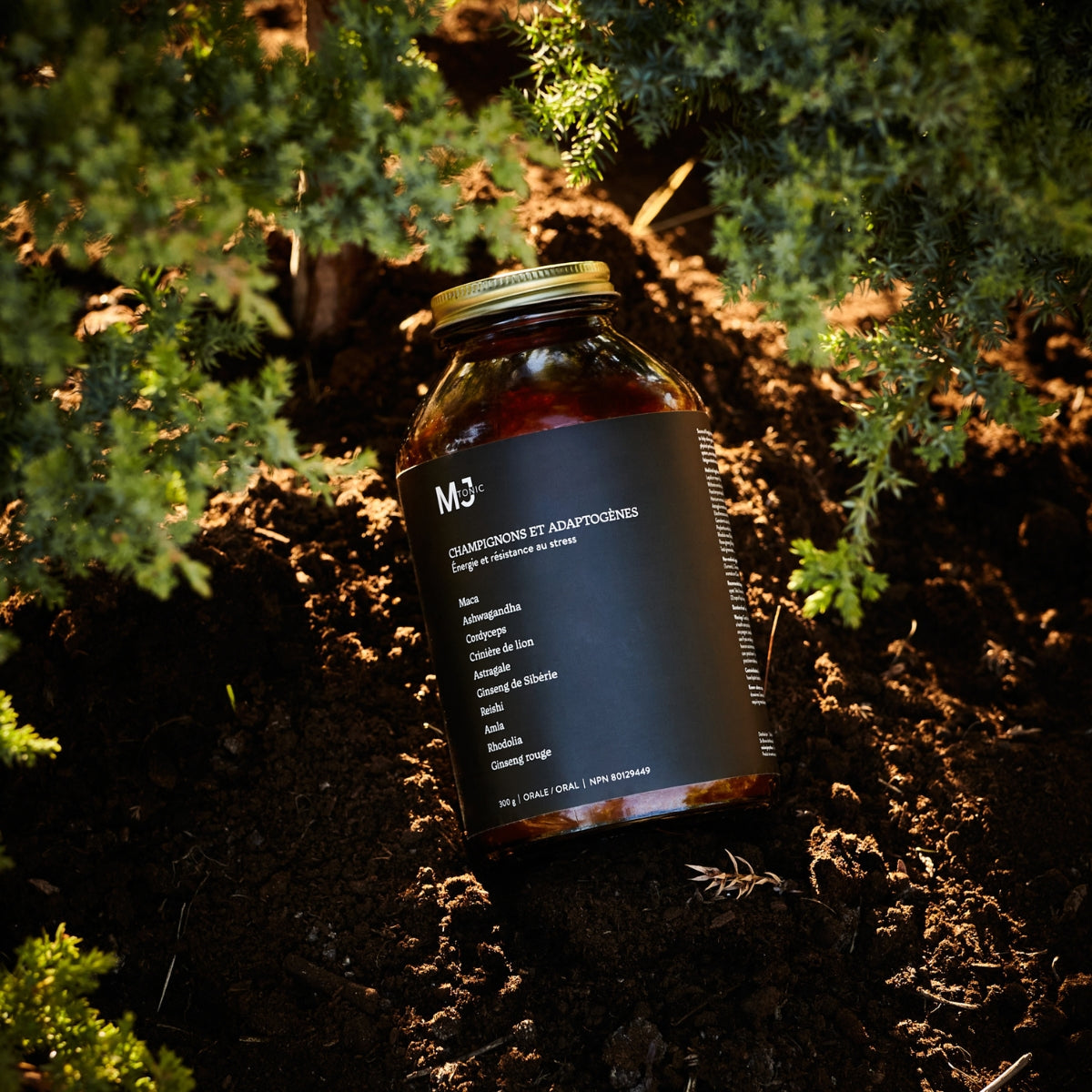


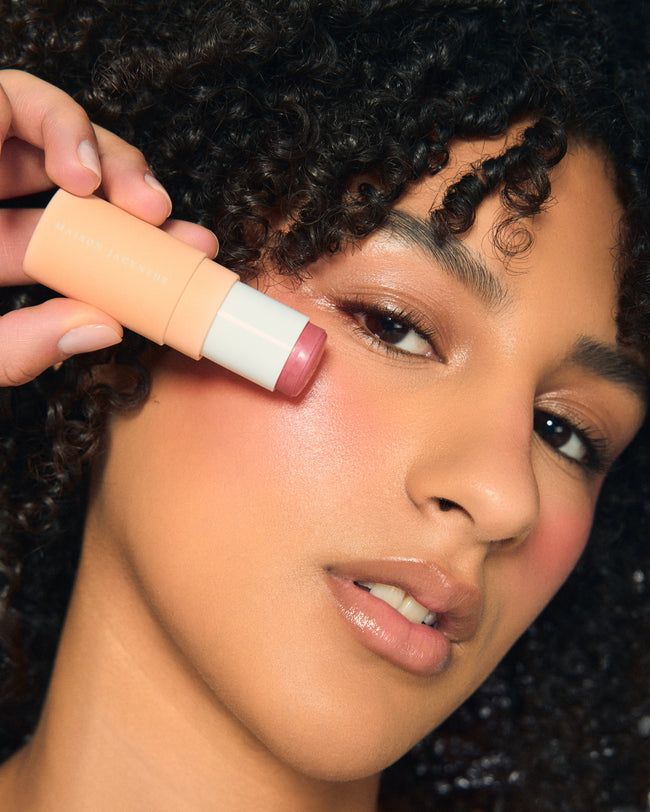

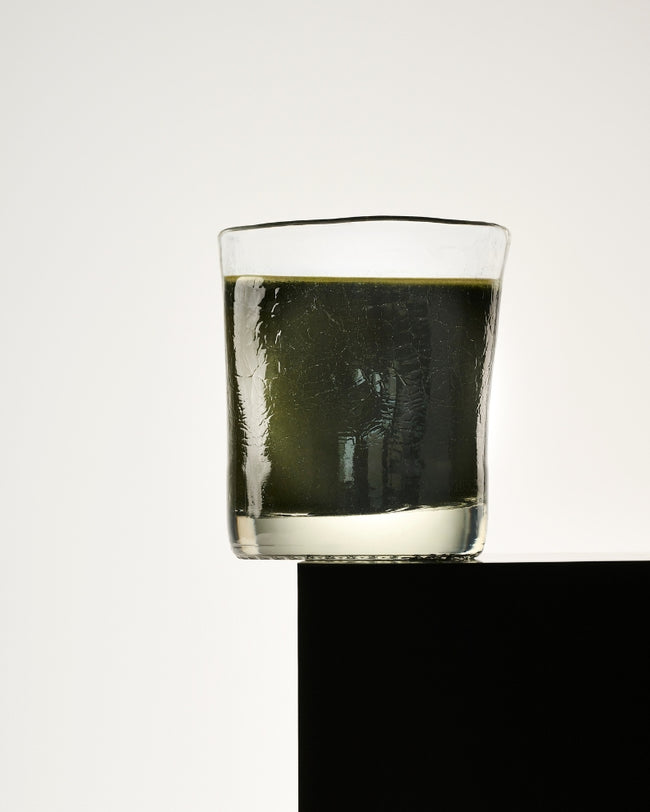





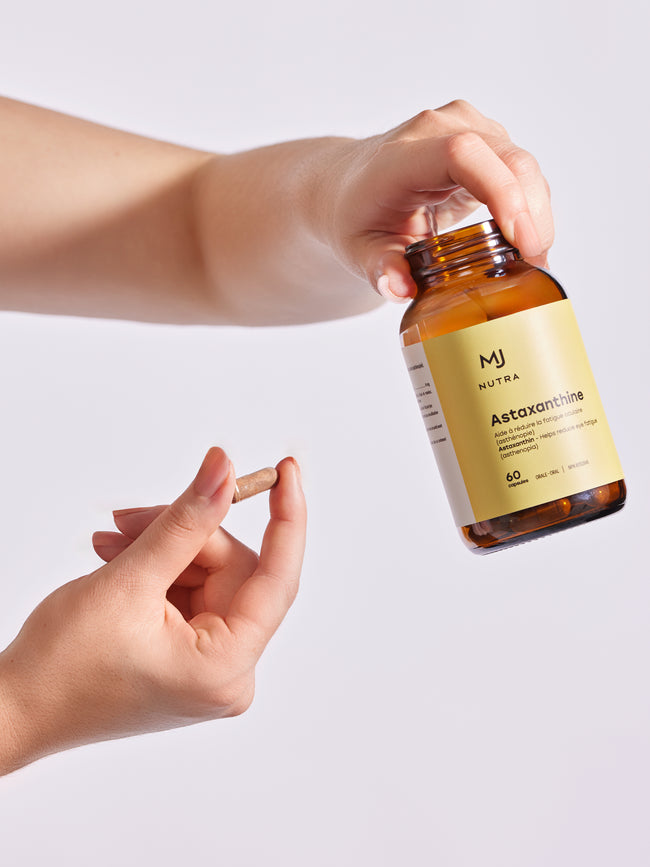









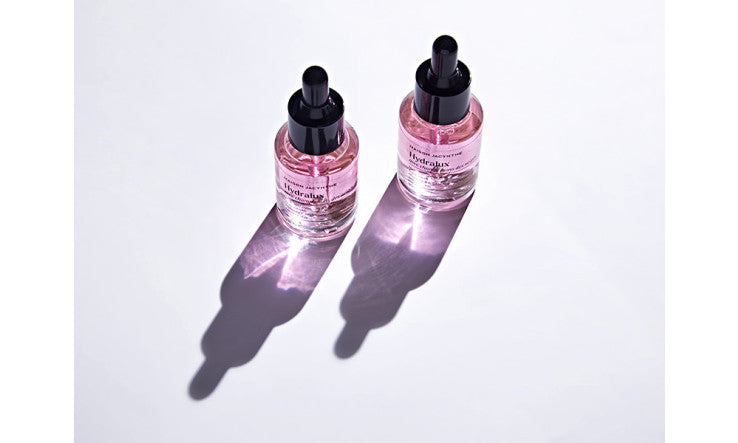






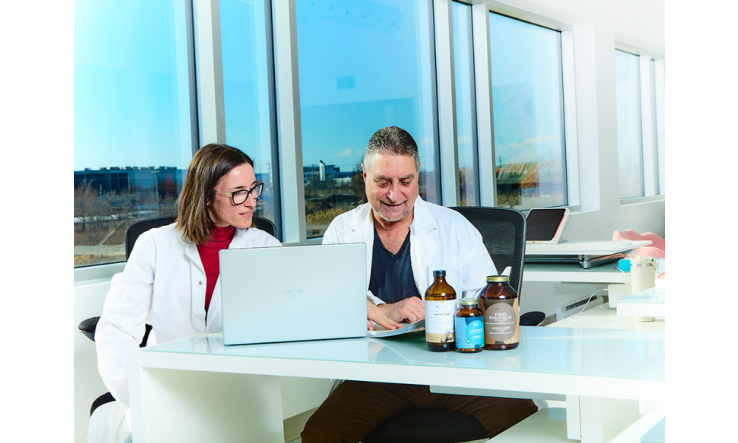




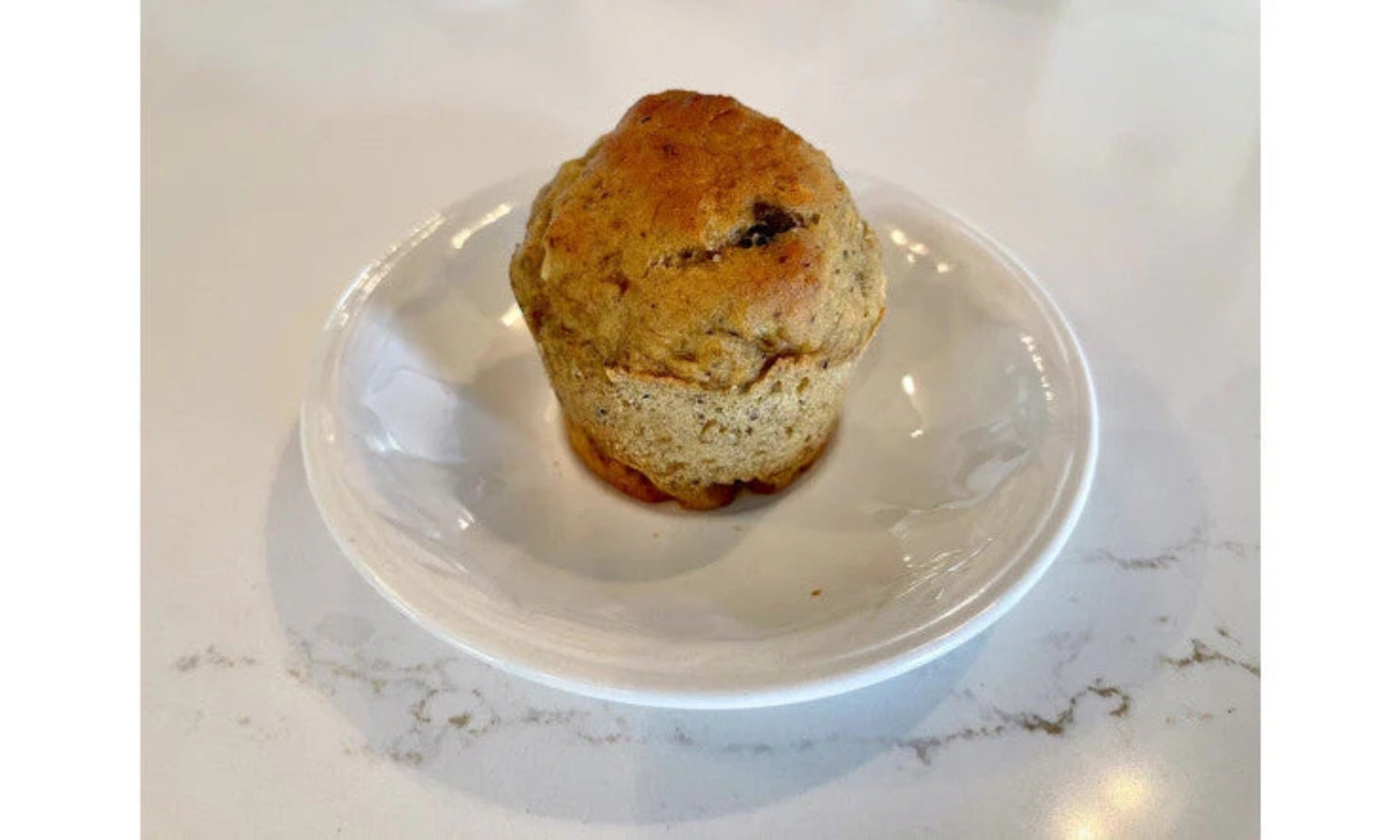


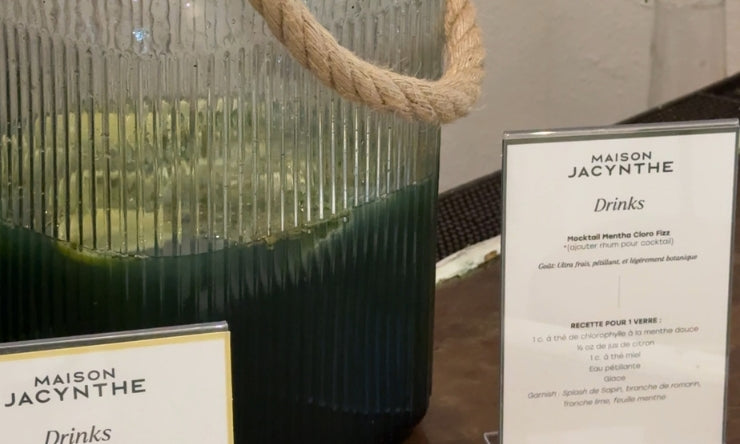




























Leave a comment